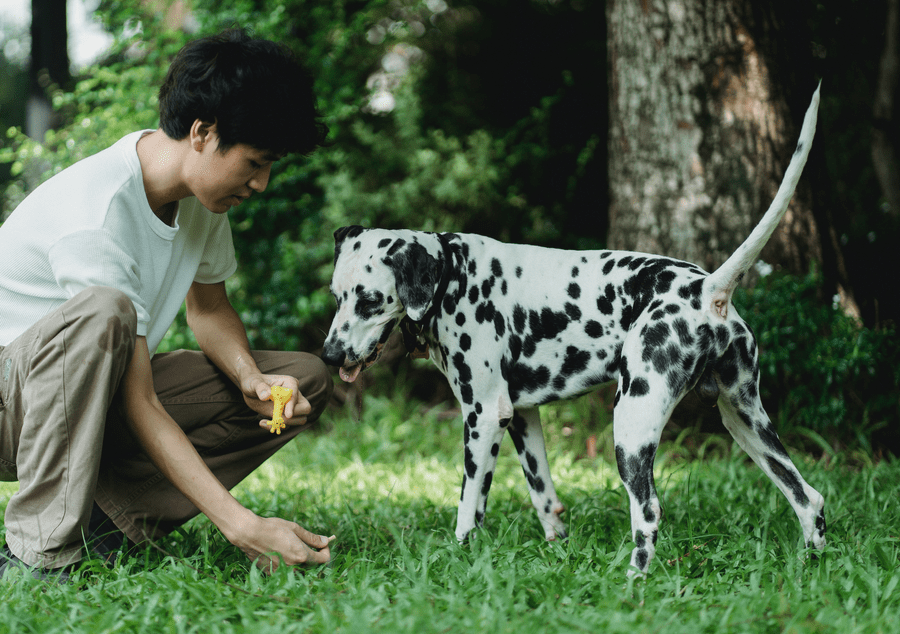Obedience Training 101: How To Control Fido at the Dog Park

A dog park is excellent for Fido to get his regular dose of exercise and socialization, but trips to the park can become stressful without dog park obedience training.
Why is dog park obedience training necessary?
You can’t expect your dog to follow dog park rules if you don’t give him enough and proper training.
Dog park obedience training is essential because of several reasons:
1) It keeps your dog and everyone around you safe
Dogs can get a little rowdy at the park, and without proper training, it can be hard to prevent or break off dog fights.
Your dog can bolt away from you, too, if he doesn’t know how to listen. As a result, he may get lost, or worse, get hit by a car.
2) It helps you get to know your dog better
Dog park obedience training is an opportunity for you to learn more about your dog’s body language.
Not only that, but it also helps you develop a bond with your dog, which will make it easier for you to control him when you need to.
3) It makes your dog easier to control
Obedience training all boils down to how well you can control your dog. For example, you avoid drama at the dog park when you control Fido.
Besides that, training can also help minimize stress between you and your dog.
How to start dog park obedience training
1) Start dog park obedience training early
Professional dog trainers say starting training when your dog is seven or eight weeks old is ideal.
According to the VCA Animal Hospitals website, training sessions should be brief because puppies have short attention spans.
However, training your dog should be done daily and regularly for maximum retention.
2) Use positive reinforcement
Dog park obedience training is more effective (and easier to achieve) if you use positive reinforcement.
You can start by giving your puppy treats every time he successfully follows your command.
3) Begin with simple commands
The American Kennel Club website enumerates the five basic cues you need to teach your puppy.
These cues include sit, stay, come, down, and heel.
4) Don’t forget to follow up and reward!
Once your dog learns the basic cues, don’t forget to follow up and reward.
After obedience training, listening to your cues should be second nature to your dog.
5) Be consistent with your commands
Your dog will find it confusing if you aren’t consistent with your commands.
If you say, “Fido, sit” the first time, don’t say “Fido, sit down” during your subsequent training sessions.
You’ve also combined two basic cues in the previous statement, which makes it even more confusing for your fur baby.
After dog park obedience training…
Apart from training your fur baby, there are still a few things you need to remember before you hit the park.
For one, make sure you bring dog park essentials like your dog’s water bottle, leash, and poop bags.
You don’t have to bring food or toys as most dog parks don’t allow them anyway.
Apart from that, get to know dog park etiquette, too. You must be aware of dog park rules before you even decide to visit.
Next on the list, practice letting your dog off the leash at home first. Apart from obedience training, your dog needs to be leash-trained, too.
It would be best to allow your dog to experience being off-leash in an ample space. This way, you’d see how he reacts, what he does, and how you can control him better.
Once you’ve let your dog go, practice your commands to see how he follows or if he follows your cues.
If your fur baby responds well and applies everything he learned during your training, you can start going to a dog park near you.
